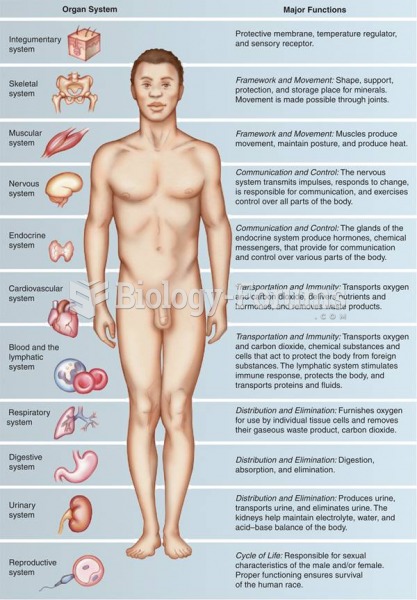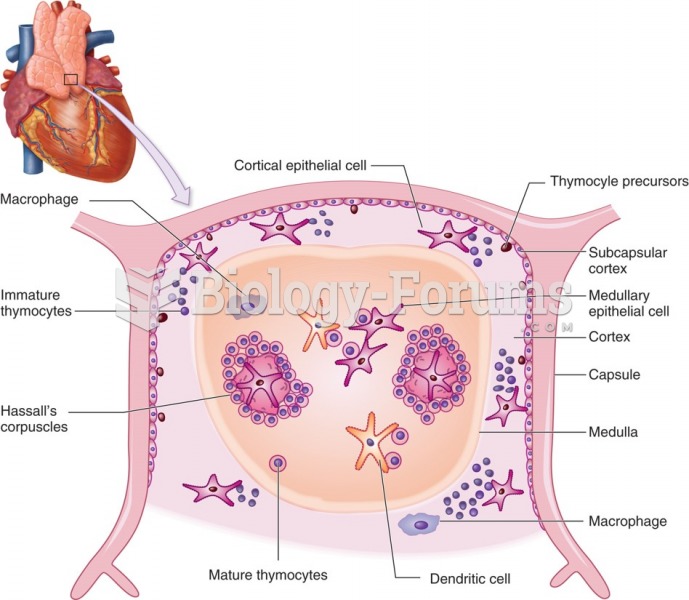|
|
|
Did you know?
Stevens-Johnson syndrome and Toxic Epidermal Necrolysis syndrome are life-threatening reactions that can result in death. Complications include permanent blindness, dry-eye syndrome, lung damage, photophobia, asthma, chronic obstructive pulmonary disease, permanent loss of nail beds, scarring of mucous membranes, arthritis, and chronic fatigue syndrome. Many patients' pores scar shut, causing them to retain heat.
Did you know?
Drying your hands with a paper towel will reduce the bacterial count on your hands by 45–60%.
Did you know?
More than 4.4billion prescriptions were dispensed within the United States in 2016.
Did you know?
The horizontal fraction bar was introduced by the Arabs.
Did you know?
Excessive alcohol use costs the country approximately $235 billion every year.







